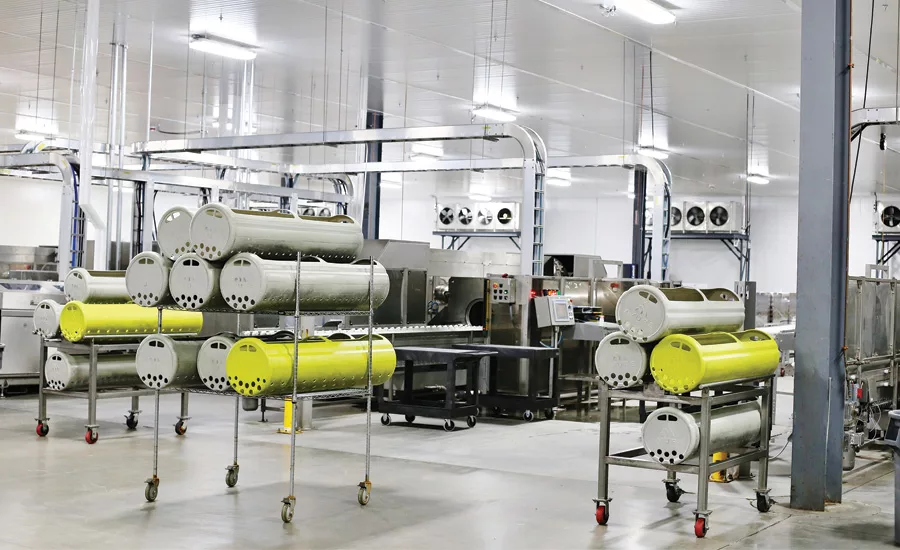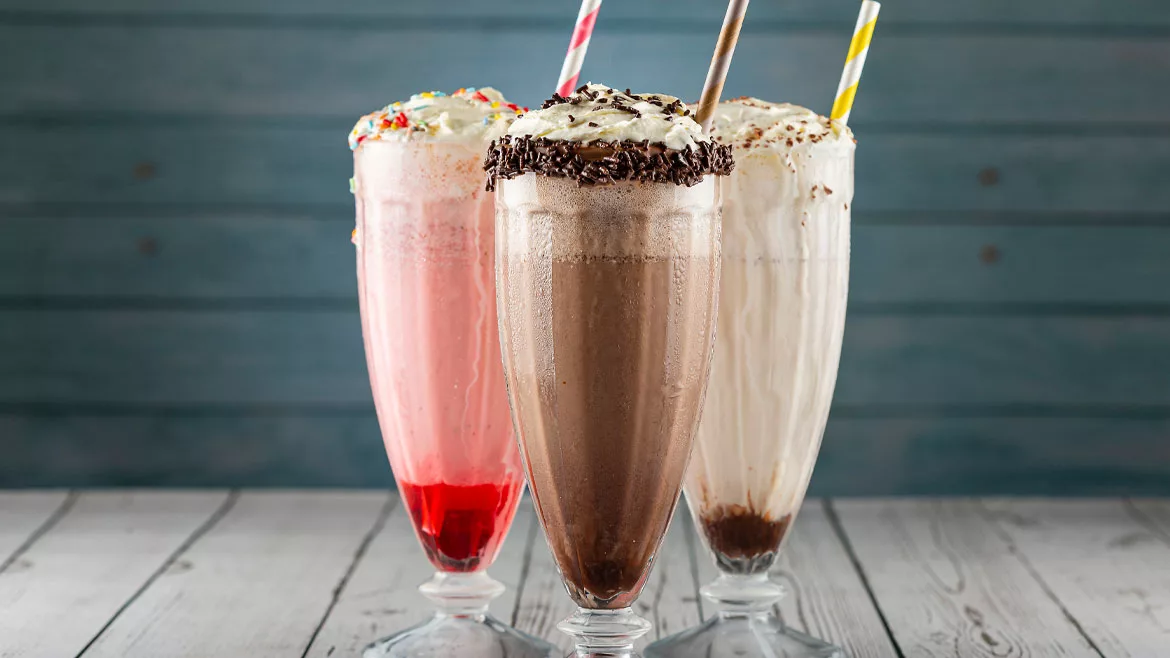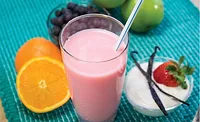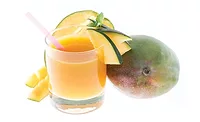HPP leverages clean-label trends
Beverage industry represents about 23 percent of HPP products

Food safety, health-and-wellness and clean-label trends are influencing more beverage-makers to invest in high-pressure processing (HPP) equipment. Among the benefits for beverages are a longer shelf life, and reduced spoilage and labor on-premise due to a reduction in shelf stocking and product rotation. Beverage-makers also are taking advantage of the fact that HPP can result in a fresher, more natural product that retains vitamin and mineral efficacy by using cold pasteurization.
Lisa Wessels, marketing director of HPP for JBT-Avure Technologies, Erlanger, Ky., notes that HPP enables manufacturers to expand distribution and increase product reach. “Consumer tastes have evolved from the artificial sodas and energy drinks of the past to the refreshing, natural benefits of fresh fruit juices, purees, smoothies, nut milks, coconut water, flavored waters, vegetable beverages, cold- brewed coffee and tea, and even soups,” she explains. “In addition, many of the beverages include super food ingredients such as kale, blueberries, broccoli, oranges, pumpkin, soy, spinach, tomatoes and yogurt.”
The process of using HPP became more “in vogue” starting in 2012 when the HPP food industry had one of its most notable expansions, particularly in the beverage industry, which represents about 23 percent of HPP products, according to Alexander Marquis, marketing manager at Doral, Fla.-based Hiperbaric.
“Among food categories, juices and beverages have consolidated as the fastest growing HPP sector over the last two years, representing nearly 35 percent of HPP equipment sales,” Marquis says. “It became more in vogue because traditionally, consumers of cold-pressed juices were more invested in reading labels and the process of how juices were made. They were the first to really understand the benefits of HPP and vouch for the technology as a plus to the industry.”
Back to nature
Among the trends driving HPP are consumers’ desire for minimally processed, better-for-you, clean-label foods, Marquis notes. “We continue to see the main categories as juices and smoothies and fruit-based waters (e.g., watermelon water),” he says. “We also see growth in ready-to-drink beverages like cold soups, cold-brew coffees and teas. Nonetheless, the functional beverage category, including wellness shots and CBD-infused beverages, also is seeing growth.”
Bottled waters that have undergone HPP also have garnered recent attention. Consumers want to drink more water, particularly flavored water, watermelon water and coconut water are great examples of HPP waters, JBT Avure’s Wessels says.
“In addition, consumers are interested in ‘raw’ products to intensify and enhance the flavors and taste. HPP allows a ‘raw’ drink without chemicals and preservatives — and it is safe to drink,” she adds. “Consumers are looking for plant-based ingredients. For example, matcha, turmeric and ginger, in their beverages for health reasons and for enhanced taste. Many HPP juices and smoothies use these botanical ingredients including 1915, Temple, Blueprint, Suja and Evolution Fresh.”
Although HPP juices now are produced on every continent, Errol Raghubeer, vice president of food science and microbiology at JBT Avure, notes that HPP is a more expensive and slower process than heat pasteurization.
“Protection from oxygen exposure is needed to prevent/minimize browning, product separation from the breakdown of pectin by [pectin methylesterases] (PME) enzymes, which can be a deterrent,” he explains. “In addition, bottles and caps are needed to prevent ingress and egress leakage during the HPP cycle which can compromise food safety and shelf life.”
Facilitating HPP technology
Although HPP by itself does not make a product shelf stable, the process also must overcome such hurdles as pH control, natural inhibitors and refrigeration when bacterial spores may be of concern, says Mark Fleck, HPP technical sales at Universal Pure, Villa Rica, Ga.
Because HPP technology is a batch process, Fleck suggest that beverage-makers consider product volume before investing in the capital equipment and staffing to operate and maintain HPP equipment. “Bringing the HPP process in house may make sense — numerous companies have made successful investments,” he says. “However, if product volumes don’t justify the capital expenditure, or if there are higher priorities for capital, tapping a growing network of HPP outsourcers may be the smart decision.”
Fleck notes that Sofresco, a Portuguese juice company that produces and HPPs its juices for the U.S. market, is using Universal Pure’s Malvern facility because of its expertise in HPP and other co-packing services. “We are a one-stop shop for beverage companies and most of the HPP providers are located along major distribution routes to minimize transportation costs,” he adds.
Hiperbaric’s Marquis pinpoints the drawbacks of traditional in-pack HPP processing. “For in-pack HPP, only flexible packaging such as plastic polymers can be used. PET bottles, for instance, are used for most beverages,” he says. “Hiperbaric has overcome this limitation with our new HPP Bulk Technology, which allows juices and beverages to undergo HPP and then be transferred to a filling line.
“This opens new opportunities for beverage producers as it allows them to pack their product in glass, metal cans, paperboard and other materials not compatible with the conventional ‘n-pack’ HPP units,” he continues. “HPP products are good for consumers and drive growth.” BI
Looking for a reprint of this article?
From high-res PDFs to custom plaques, order your copy today!




